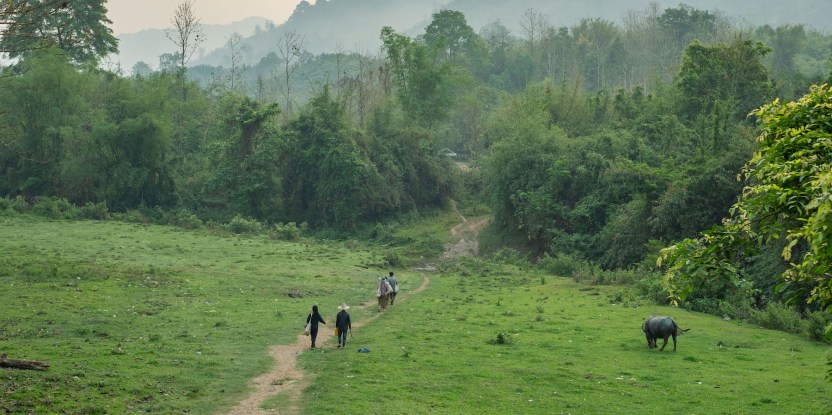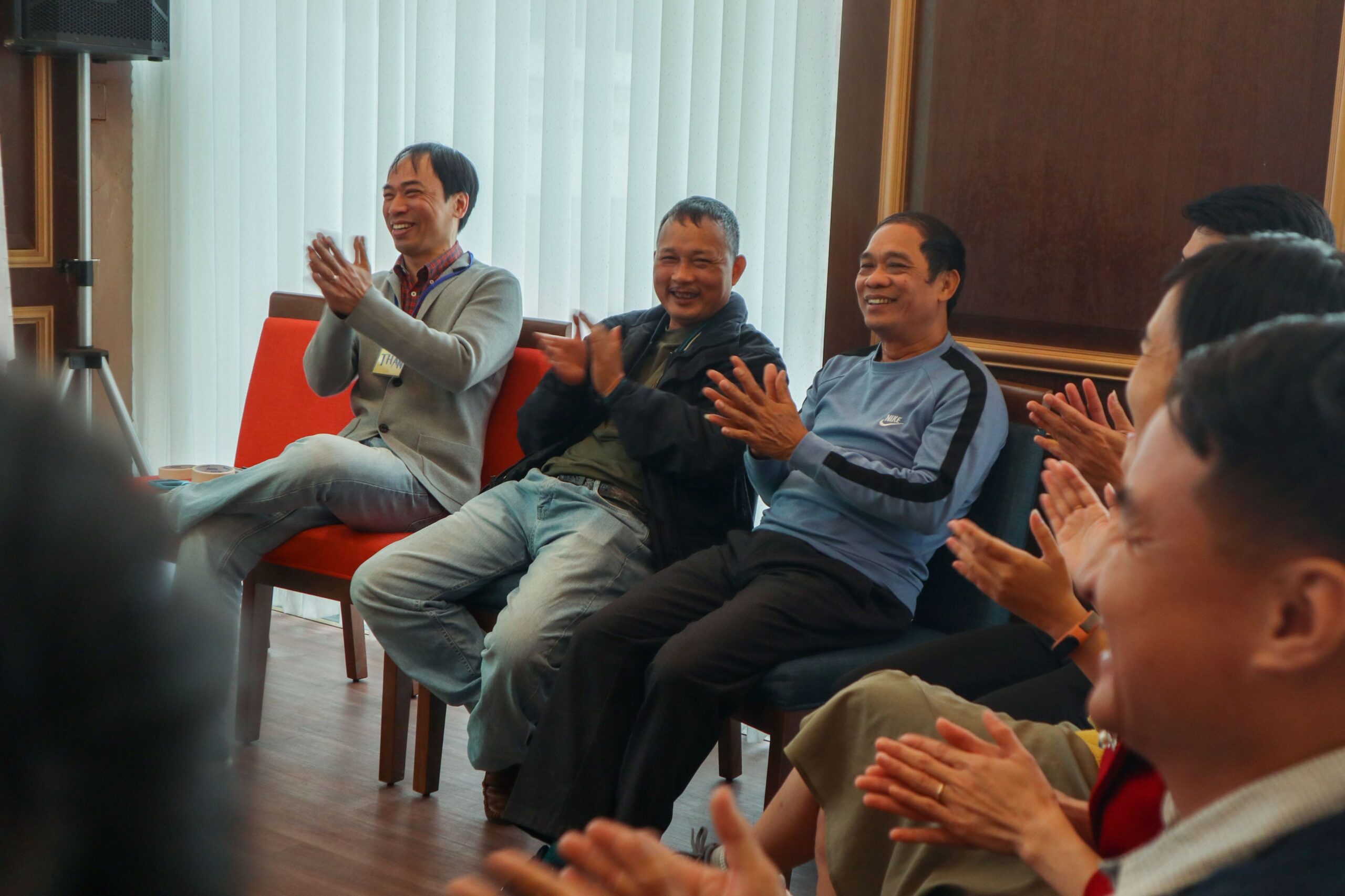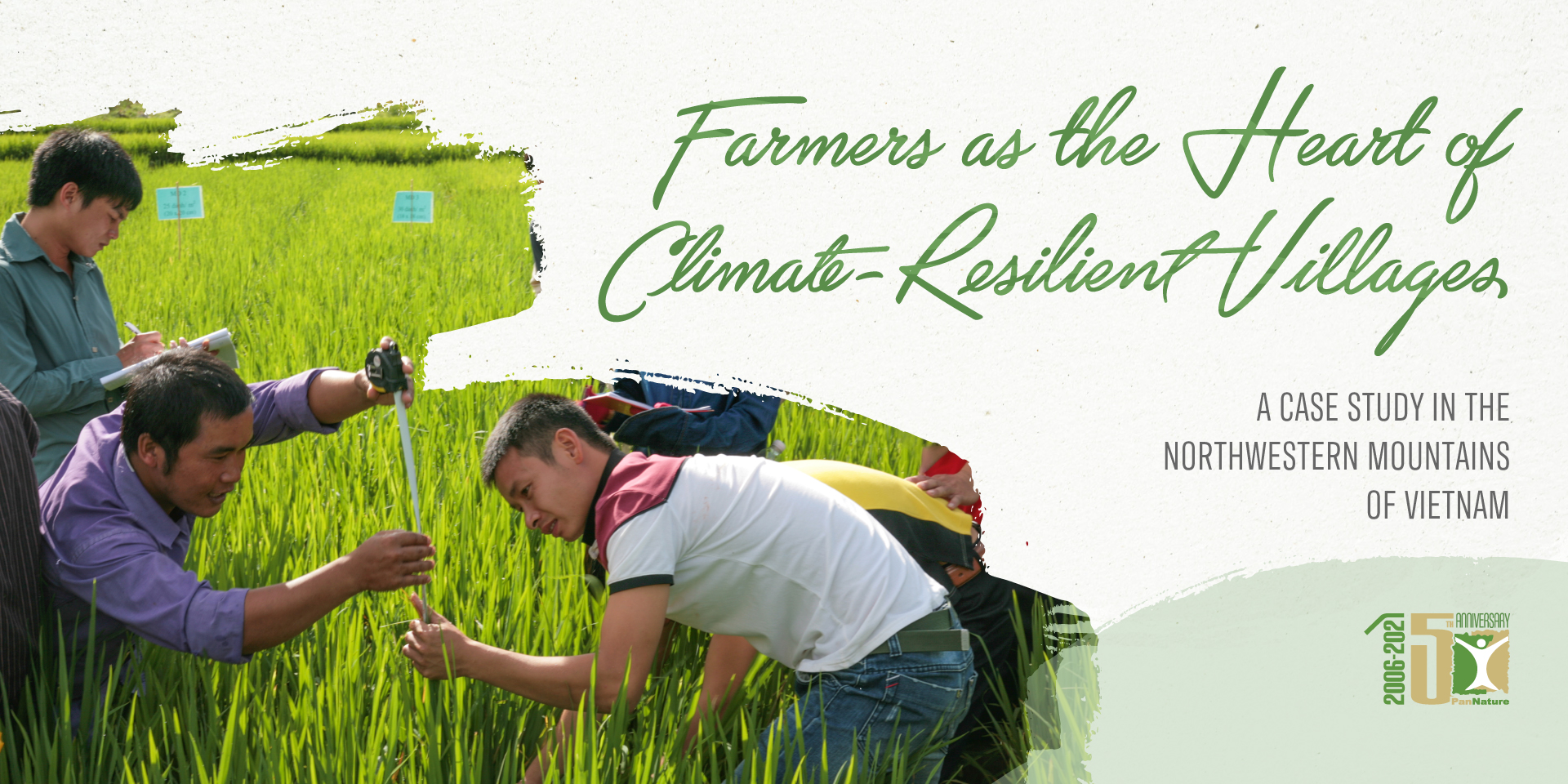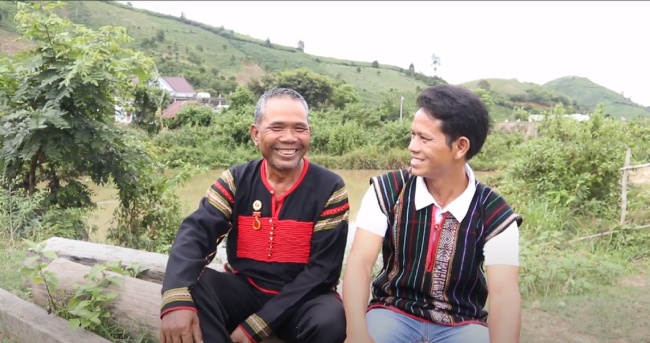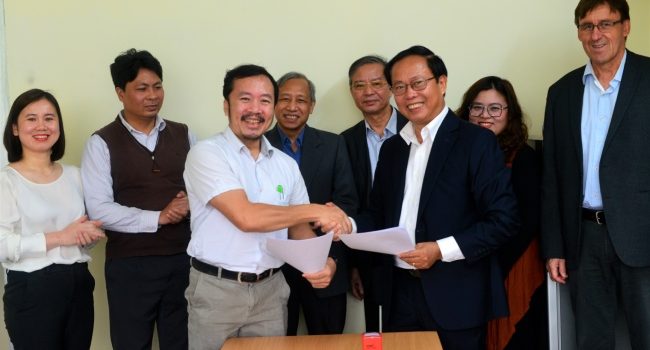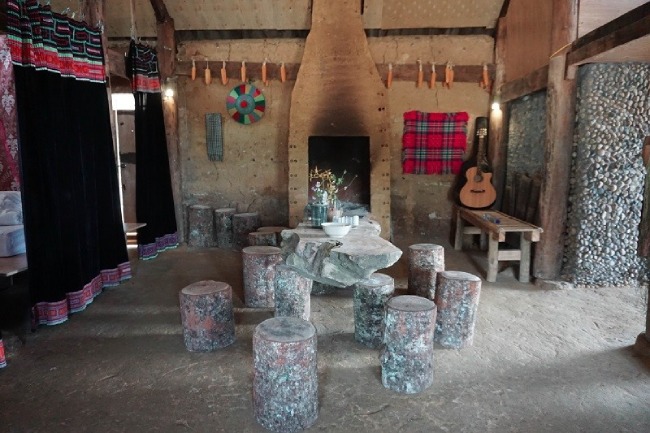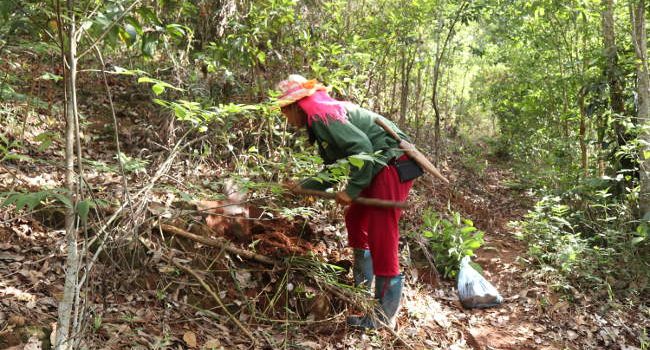Indigenous Communities – Bodyguards of the Forest
In Vietnam, many forests are being effectively managed by the most active guardians - the local communities - thanks to their cultural norms: the forest left by their ancestors is also the place where the forest god resides. It’s the traditional regulations and laws imprinted through the traditional practice of worshiping the sacredness of the gods that guide the community to manage and protect these forests for hundreds and thousands of years. However, there are challenges ahead that hinder them from playing their role.

